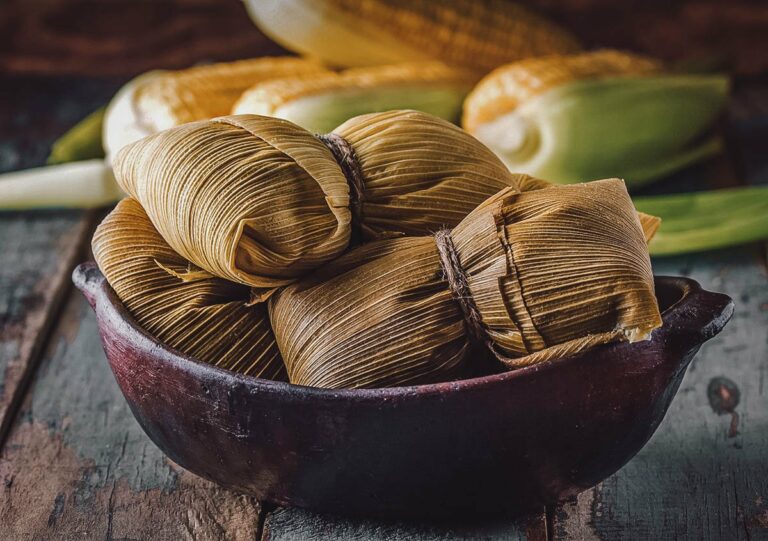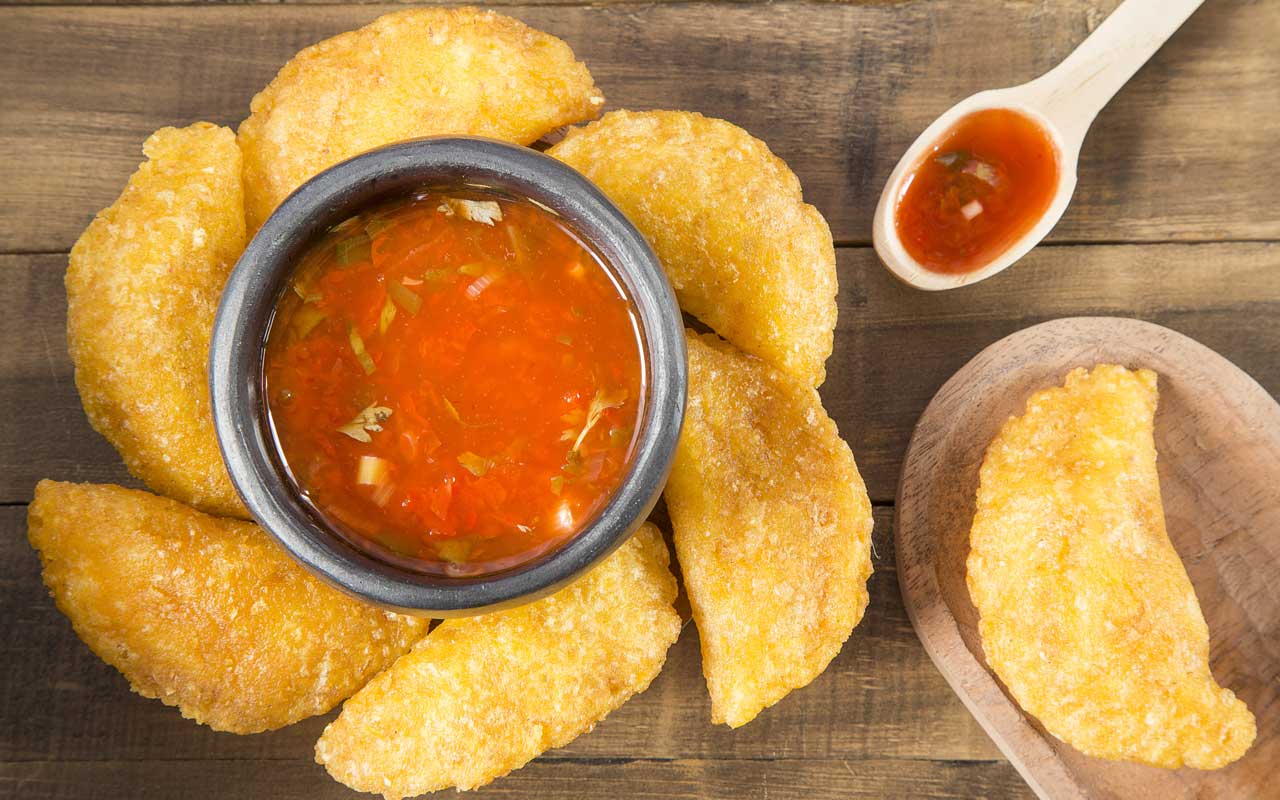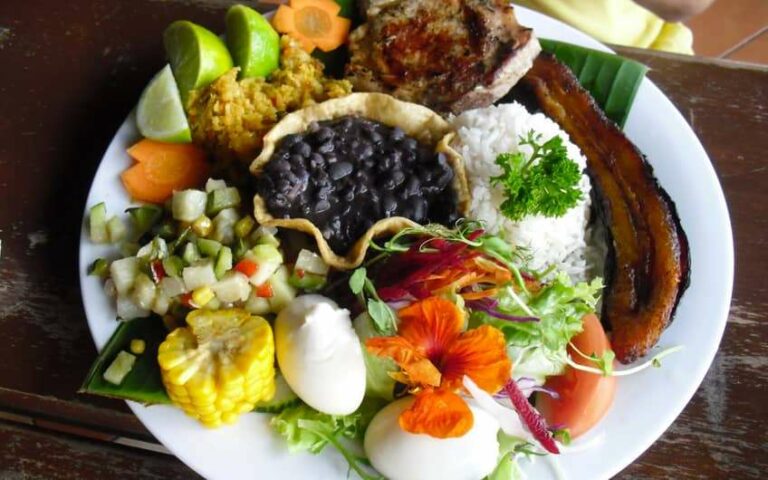Introduction: Exploring Traditional Chinese Cuisine
Chinese cuisine is known for its rich flavors, unique ingredients, and long history. Each region of China has its own distinct culinary traditions, making it a fascinating and diverse cuisine to explore. Whether you are a food enthusiast or just looking to try something new, there are plenty of traditional Chinese dishes that are worth trying. From spicy Sichuan cuisine to sweet and sour pork, there is something for everyone in Chinese cuisine.
The Famous Peking Duck: A National Treasure
Peking Duck is one of China’s most famous culinary exports. This dish originated in Beijing and traditionally involves a whole roasted duck that is carved tableside and served with thin pancakes, scallions, and sweet bean sauce. The skin is crispy and golden, while the meat is tender and flavorful. This dish is a must-try for anyone visiting Beijing and is often considered a national treasure.
Dim Sum: A Cantonese Delight
Dim sum is a Cantonese style of cuisine that involves small, bite-sized portions of food that are typically served in steamer baskets. This style of dining is meant to be shared and is often enjoyed with tea. Some popular dim sum dishes include steamed pork buns, shrimp dumplings, and turnip cakes. Dim sum restaurants are a popular spot for brunch in many cities around the world and are a great way to try a variety of Cantonese dishes.
Savoring the Spicy Sichuan Cuisine
Sichuan cuisine is known for its bold flavors and liberal use of chili peppers and Sichuan peppercorns. Some popular Sichuan dishes include mapo tofu, kung pao chicken, and hot pot. These dishes are often spicy and numbing, giving them a unique flavor profile that is not found in other regional Chinese cuisines. Sichuan cuisine is a must-try for anyone who loves spicy food.
Cantonese Roast Meat: A Must-Try Dish
Cantonese roast meat is a style of cuisine that involves roasting meat until it is crispy and flavorful. Some popular meats for roasting include pork, duck, and chicken. These dishes are often served with rice or noodles and are a staple of Cantonese cuisine. Cantonese roast meat is a must-try for anyone visiting Hong Kong or Guangzhou.
Steaming Hot Pot: A Popular Winter Dish
Hot pot is a popular Chinese dish that involves cooking various meats, vegetables, and noodles in a simmering pot of broth at the table. This dish is a popular winter food and is enjoyed all over China. Some popular hot pot ingredients include thinly sliced beef, lamb, mushrooms, and tofu. Hot pot can be customized to suit different tastes and is a great way to enjoy a communal meal with friends and family.
Xiaolongbao: Shanghai’s Signature Dish
Xiaolongbao is a type of steamed dumpling that is originally from Shanghai. These dumplings are filled with pork and a savory broth that bursts in your mouth when you bite into them. Xiaolongbao is a popular street food in Shanghai and is often served with black vinegar and shredded ginger. This dish is a must-try for anyone visiting Shanghai.
Sweet and Sour Pork: A Classic Chinese Favorite
Sweet and sour pork is a classic Chinese dish that is popular all over the world. This dish involves deep-fried pork that is coated in a sweet and sour sauce made from vinegar, sugar, and ketchup. Some variations of this dish also include pineapple, peppers, and onions. Sweet and sour pork is a staple of Cantonese cuisine and is a must-try for anyone who loves Chinese food.










